The death certificate of Brechin-born scientist and ‘father of radar’ Robert Watson-Watt has been released half a century on from his passing at the age of 81.
Watson-Watt is commemorated in a statue outside Brechin library for the pioneering discoveries he made to help defeat Germany during World War Two.
But despite his development of radar – a term later coined from the acronym for radio detection and ranging – he remains relatively unknown in his home town.
National Records of Scotland release
National Records of Scotland officials hope the release will add another piece to the remarkable story of the Angus carpenter’s son.
It features in 250,000 records published online.
Every year, birth certificates that are 100-years-old, death records dating back 50 years and 75- year-old marriage records are added to the site.
Others now available on the ScotlandsPeople website are the birth of the internationally-renowned Scottish author Dorothy Dunnett and the marriage of former Russian spy Victor Konstantine Kaledin, who wed in Scotland and latterly pursued a varied career as a novelist and clairvoyant.
NRS chief executive Dr Janet Egdell said: “The start of the new year and the arrival of another major release of scanned records to ScotlandsPeople is one of the eagerly anticipated moments of our year.
“Being able to access these records from the comfort of your own home or office allows people the freedom to research when it suits them.
“We are highlighting these individuals as a reminder that when it comes to history, no matter what our achievements in life, we are all included.”
Decisive WWII technology
Watson-Watt was born in 1892 and awarded bursaries to attend High School and university, where he studied physics and went on to become known as the ‘father of radar’.
He was knighted for his work on the use of radio waves to locate incoming enemy aircraft during World War II.
While the Luftwaffe aircraft outnumbered RAF fighter plans by three-to-one at the height of the Battle of Britain in 1940, the ability to ‘see’ them coming – even in thick fog – gave Britain and its allies a chance.
Watson-Watt was married three times.
His last marriage in 1966 was to Dame Katheryn Jane Trefusis-Forbes, the first director of the Women’s Air Auxiliary Force.
Among the 175,000 personnel she oversaw were the Radar Room operatives.
But it’s not known if she and Watson-Watt ever met during the war.
Brechin statue
He died in Inverness on December 5 1973.
Causes of death are listed as myocardial degeneration, atherosclerosis – hardening of the arteries – and bronchopneumonia.
Watson-Watt’s death was one of 64,545 registered in Scotland that year.
The Watson-Watt Society led an effort to commemorate him in his home town.
It culminated in the unveiling of a St Ninian’s Square statue by the Princess Royal in 2014.
Sculptor Alan Herriot’s work depicts Watson-Watt holding a radar tower and Spitfire aircraft.
There are also blue heritage plaques on his former family home and Brechin’s Maisondieu primary school.
And in 2014, actor and comedian Eddie Izzard played the Angus figure in the television drama Castles in the Sky, charting the story of radar.
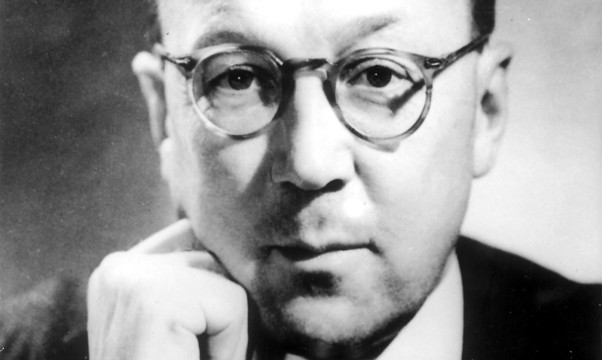
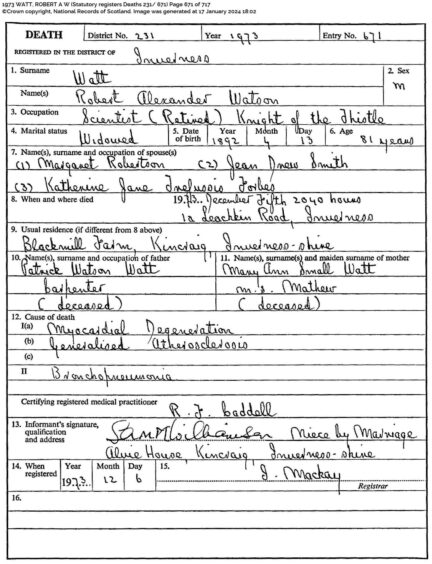
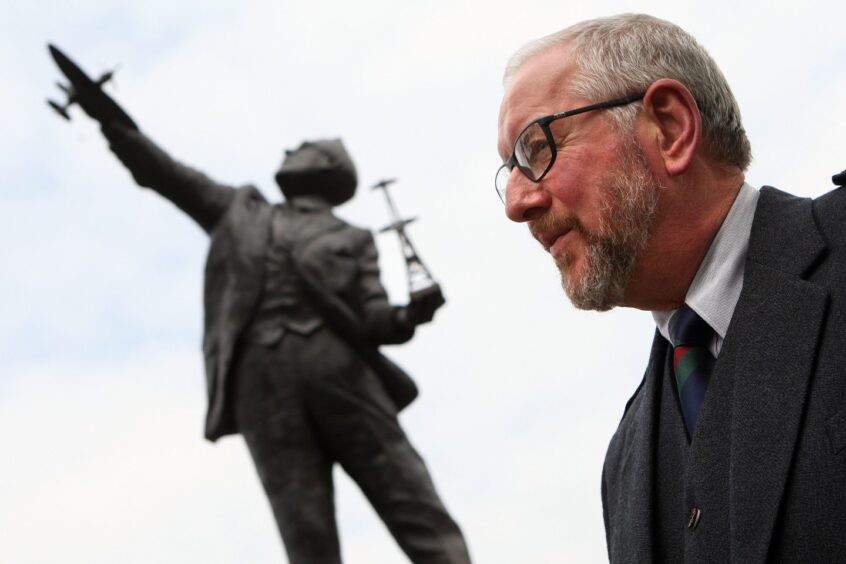
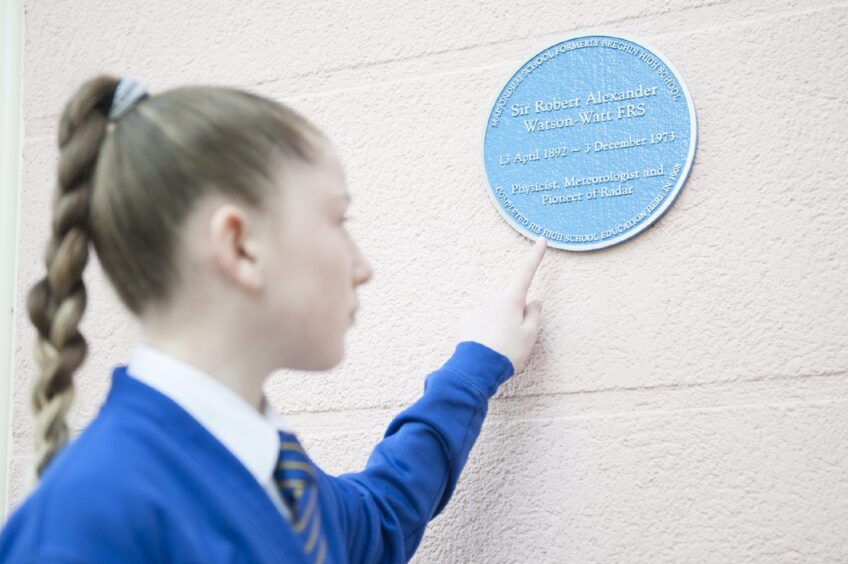





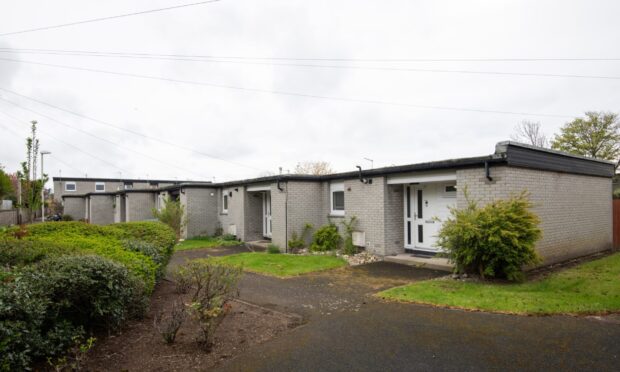
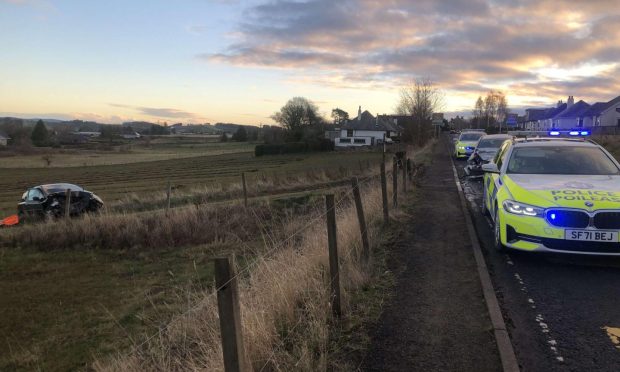
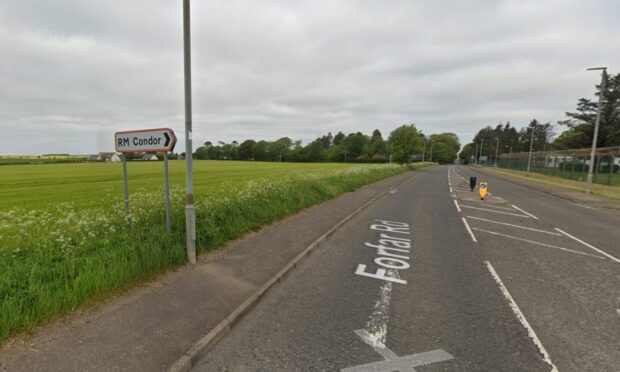

Conversation